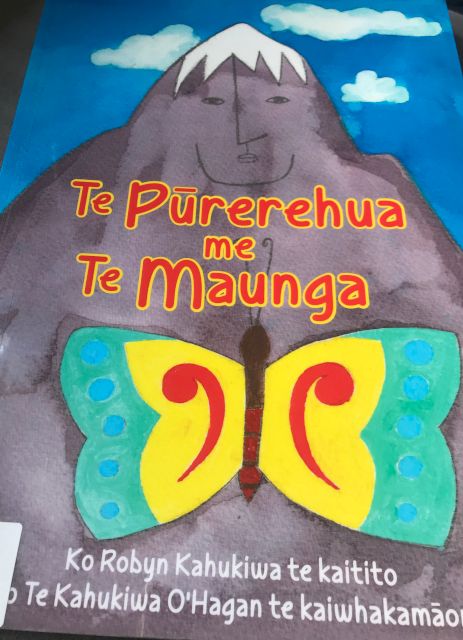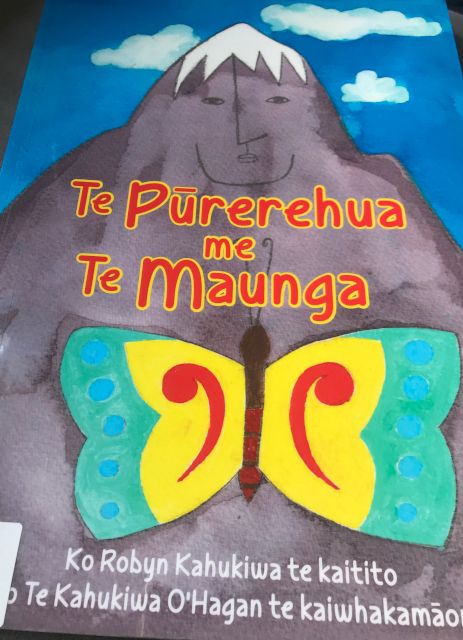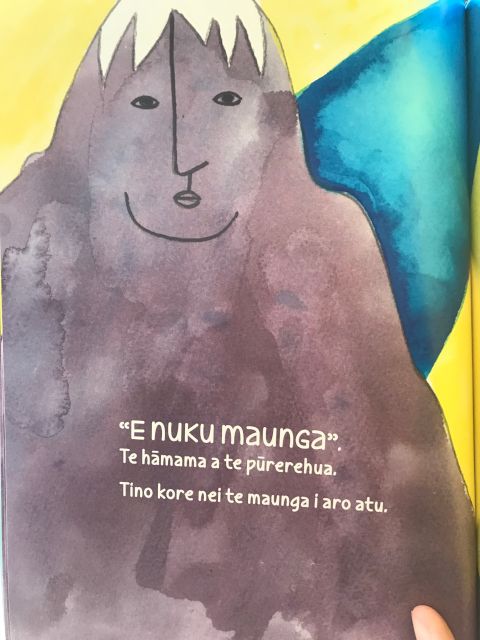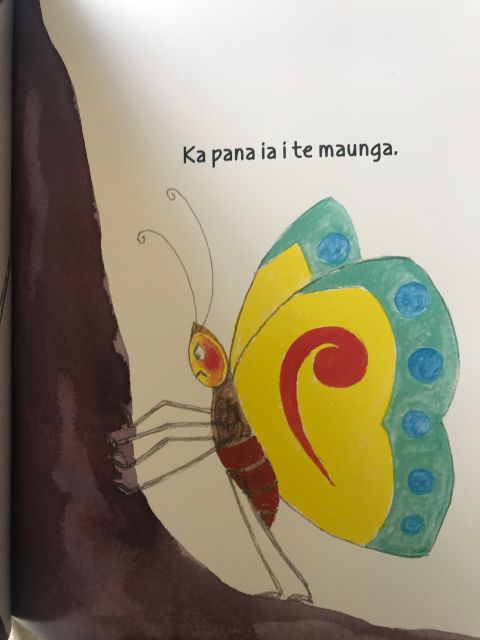Book Review: Te Pūrerehua me Te Maunga
I thought I'd review some of the books as I read them, and write about how easy or difficult they were to read for an adult te reo Māori language learner. The first book is "Te Pūrerehua me Te Maunga".

A great way of improving te reo Māori skills is reading books in te reo Māori. This helps pick up words meanings in context, grammar and idioms while doing an enjoyable activity. It's a wonderful feeling to successfully read and understand a book in a language that isn't your first language - it makes the learning feel real.
That said, I have many te reo Māori books I haven't got around to reading. This is mainly because I've gotten out of the habit of reading longer novels and my vocab and grammar isn't quite up to the level of being able to work through the books at an enjoyable pace. They sit around reminding me to stop procrastinating.
I used to find children's book's very difficult - they use idioms, words and grammar that tend to be used to appeal to children which I don't use day to day when speaking Māori to adults. It was very disheartening to pick up an "easy" child's book and not be able to read it. I've heard that you need to know about 95% of the words in a book and you can pick up the remaining 5% from context. This blog post from FluentU goes into this in more detail.
Thankfully I've now learnt enough vocabulary and grammar in my te reo journey to where children's books are easier for me to read and understand so I've started getting te reo Māori children's books from the library as a path to getting back into a habit of reading. I definitely recommend exploring your local library in New Zealand, they have a lot of childrens material in te reo Māori.
I thought I'd review some of the books as I read them, and write about how easy or difficult they were to read for an adult te reo Māori language learner.
The first book is "Te Pūrerehua me Te Maunga", Robyn Kahukiwa the author/ artist and Te Kahukiwa O'Hagan the translator.



This book has about 24 pages with large lettering and great illustrations. It's about a butterfly that wants to see the world and the mountain that the butterfly perceives as an obstacle in its way.
I was able to read the book without too much difficulty, only having to look up some of the idiomatic phrases that I wasn't familiar with. These phrases were:
| Māori | English | Example |
|---|---|---|
| pōuri ake | Get out of my way | "Pōuri Ake, Maunga", te kī te pūrerehua |
| tē aro atu | Not taking any notice of | Heoi tē aro atu te maunga |
| te mutungu iho | At the end of the day | I te mutunga iho, ka hemo te pūrerehua ... |
| Mea aha koa | Nevertheless | Mea aha koa, ka taea e au te kite i te ao |
Most of the book uses standard tense sentences, i ..., i te .. , kei te ..., ka ..., etc. There's no use of passive sentences, except the use of taea for "able to do", which is in passive form. For example:
| Māori | English |
|---|---|
| Ka taea e koe te neke | Are you able to move? |
It's an enjoyable story, and doesn't require a high level of grammar or vocab knowledge to read. It was definitely a fun read, I recommend it as good book for practicing reading if you understand the grammar constructs mentioned above, and aren't yet confident with passives, statives, etc.
